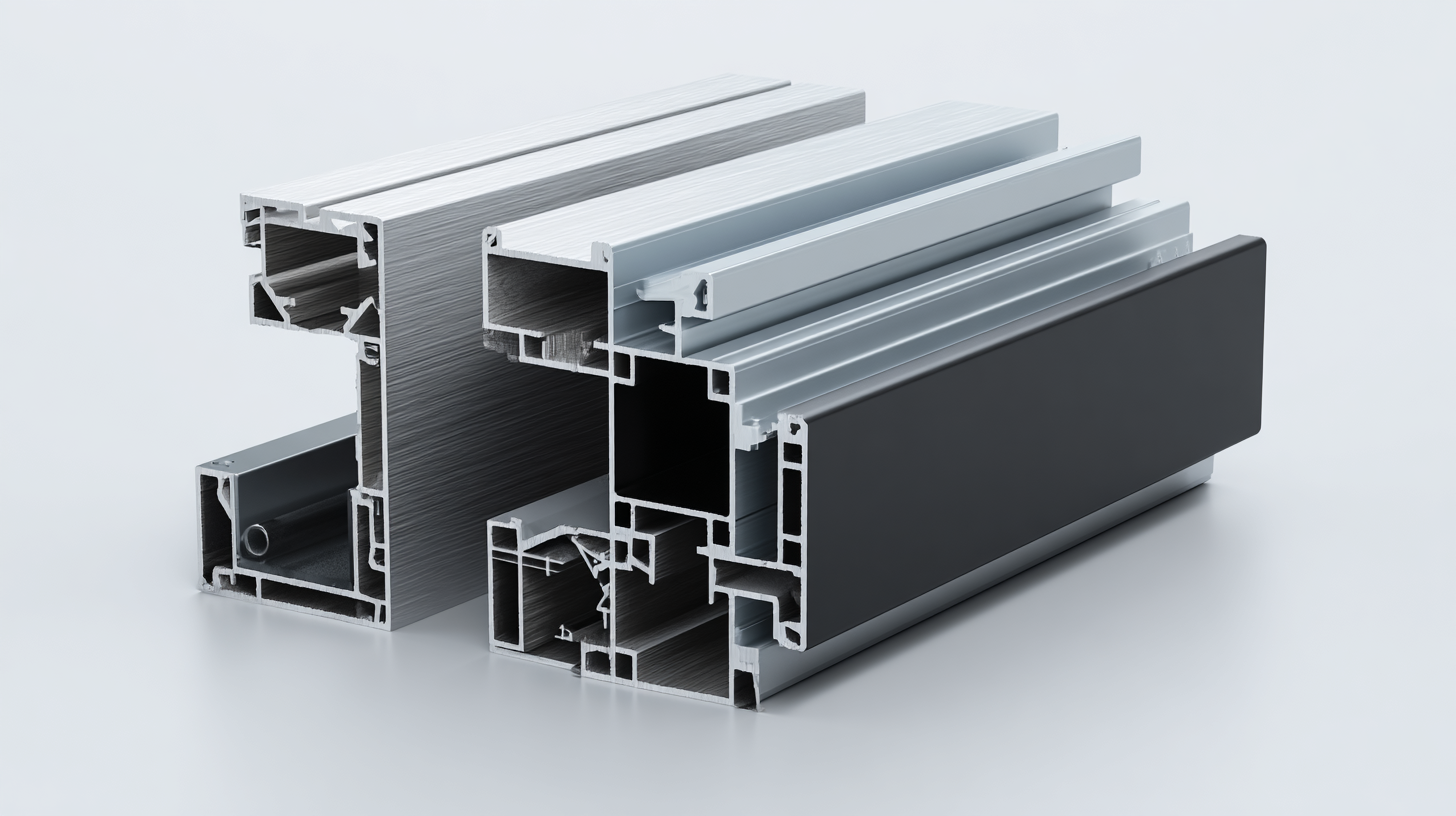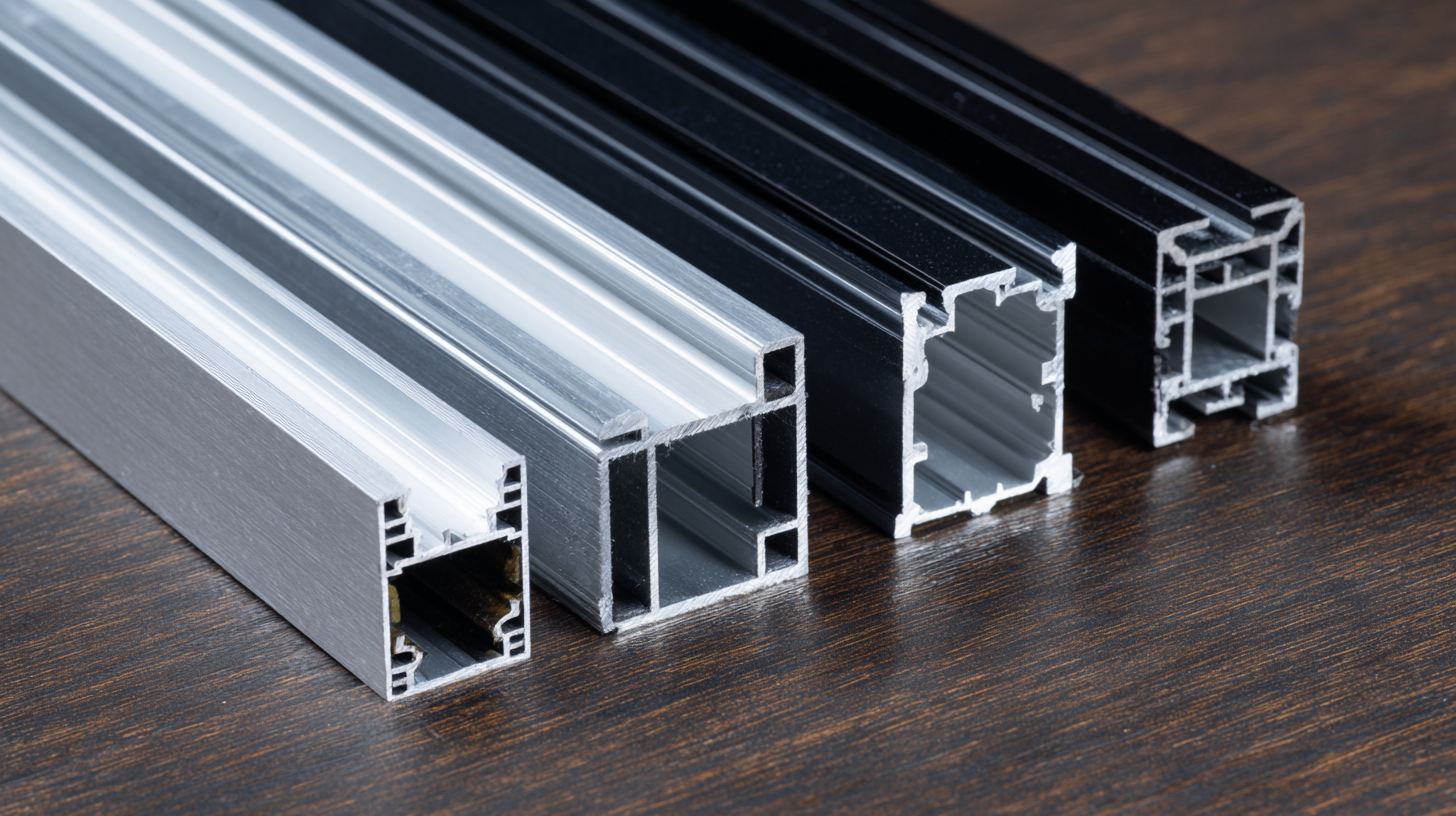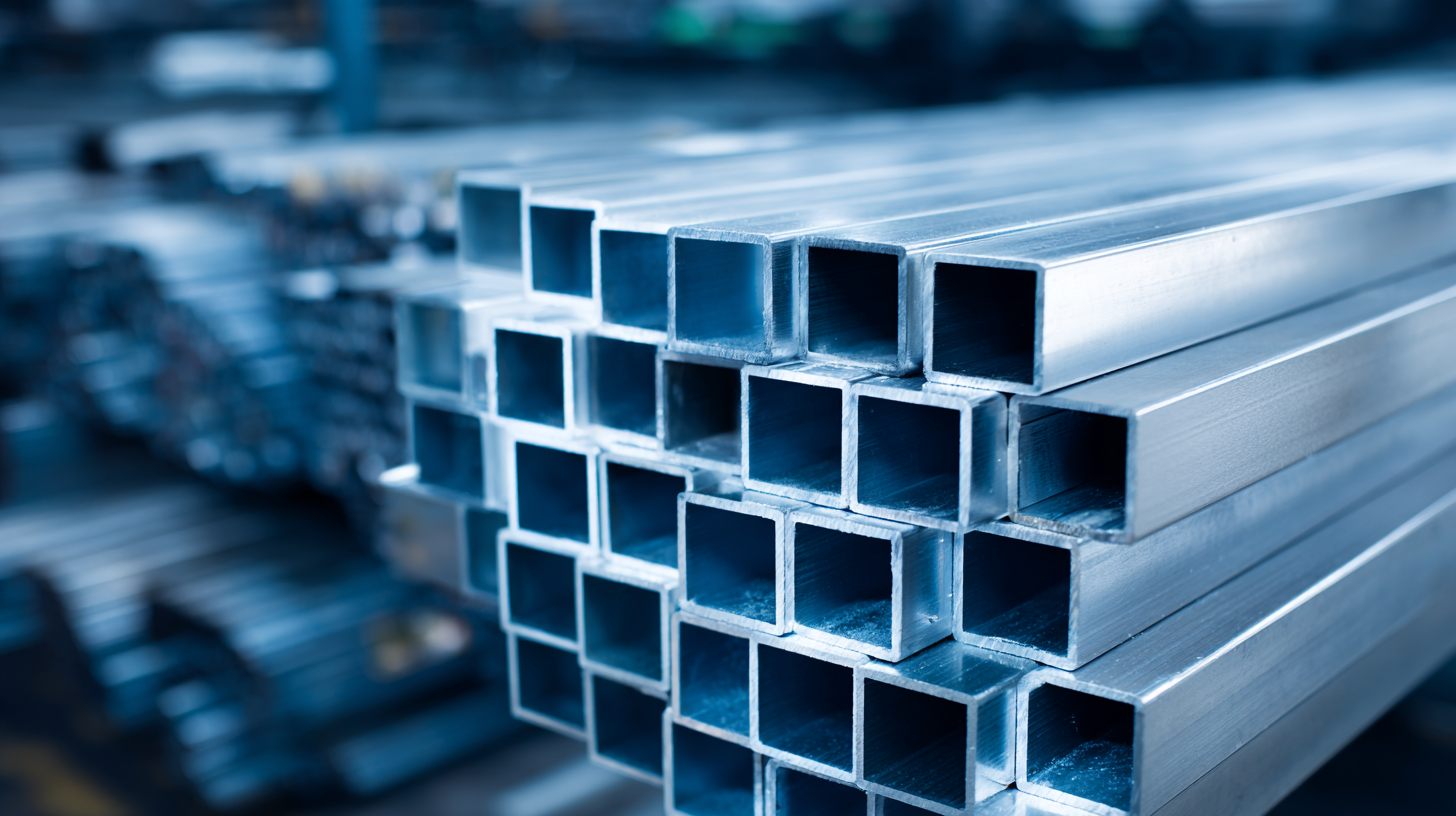In recent years, the construction industry has witnessed a significant shift towards energy-efficient and sustainable building materials, among which Insulated Aluminum Profiles have emerged as a game-changer. According to a report by ResearchAndMarkets.com, the global insulated profiles market is projected to grow at a CAGR of 5.5% from 2021 to 2026, driven by increasing demand for energy-efficient structures and stricter building codes. These profiles not only enhance thermal insulation but also provide superior durability and aesthetic appeal, making them ideal for modern construction projects. Furthermore, the integration of Insulated Aluminum Profiles helps reduce energy consumption by up to 30%, aligning with global efforts to combat climate change. As architects and builders increasingly seek innovative solutions, understanding the diverse applications of these profiles becomes essential for designing structures that meet both functional and environmental standards.

In recent years, the construction industry has seen a significant shift towards energy-efficient materials, with insulated aluminum profiles taking the spotlight. These profiles are designed to provide superior thermal performance, helping to maintain a consistent indoor temperature while reducing reliance on heating and cooling systems. By incorporating insulation within the aluminum framework, buildings can achieve better energy conservation, resulting in lower utility bills and a reduced carbon footprint.

Moreover, the versatility of insulated aluminum profiles allows for their application in various architectural designs. Whether used in windows, doors, or facades, these profiles not only enhance energy efficiency but also contribute to . With advanced technology in insulation materials, these profiles effectively minimize heat transfer, ensuring that condensation and thermal bridging are significantly reduced. This innovative approach not only meets modern environmental standards but also aligns with the growing demand for sustainable construction solutions, making insulated aluminum profiles a top choice for architects and builders aiming to create energy-efficient structures.
Architects and builders are increasingly turning to insulated aluminum profiles to push the boundaries of modern architecture. These profiles not only offer exceptional thermal insulation but also allow for intricate designs that blend aesthetics with functionality. According to a recent report by the Aluminum Association, insulated aluminum systems can achieve energy efficiency ratings up to 70% higher than traditional materials. This remarkable performance is critical as more cities are adopting stringent energy codes, pushing industry professionals to explore innovative solutions.
The versatility of insulated aluminum profiles enables architects to design striking façades, expansive glass walls, and unique structural elements that redefine urban landscapes. For instance, a case study by the National Institute of Building Sciences showcased a multi-story commercial building that utilized these profiles, achieving a U-value of 0.4 W/m²K, significantly enhancing its overall energy performance. This successful integration of form and function not only meets modern sustainability standards but also creates visually captivating spaces that draw the eye and inspire creativity in architectural design.
The growing emphasis on sustainability in modern architecture has led to innovative solutions that minimize environmental impact while maximizing efficiency. Insulated aluminum profiles have emerged as a key player in this movement, offering exceptional thermal performance that significantly reduces energy consumption in buildings. These profiles are designed to provide insulation without compromising the structural and aesthetic qualities that aluminum is known for. By minimizing thermal bridging, they contribute to enhanced energy efficiency, ensuring that buildings maintain comfortable indoor temperatures with less reliance on heating and cooling systems.
Moreover, the durability and recyclability of aluminum make these profiles an ideal choice for sustainable building practices. In contrast to traditional materials, insulated aluminum profiles can withstand harsh weather conditions without degradation, leading to longer lifespans for buildings. This not only reduces the need for frequent replacements but also lowers the overall carbon footprint associated with material production and waste. By integrating insulated aluminum profiles into their designs, architects and builders can achieve both sustainability and aesthetic appeal, paving the way for a greener future in construction.

Insulated aluminum profiles are rapidly establishing themselves as a superior choice compared to traditional construction materials, particularly in the context of energy efficiency and environmental impact. Recent studies highlight the significant advantages of innovative materials such as those composed of aluminum mixtures, which enhance thermal conductivity in photovoltaic/thermal (PV/T) systems. This integration helps mitigate energy losses and embodies a pivotal shift towards smarter construction practices. In a comparative analysis, these insulated aluminum profiles exhibit lower thermal bridging effects when utilized in prefabricated wall panel systems, as shown by data from a digital twin platform that merges experimental results with virtual modeling.
Moreover, the burgeoning trend toward sustainable building materials accentuates the enhanced performance offered by insulated aluminum profiles. Investigations into alternative building envelopes have demonstrated that aluminum not only outperforms conventional materials in terms of thermal retention but also reduces the overall environmental footprint of structures. Emerging research underscores the efficiency of porous wavy metallic fins, where aluminum's heat dissipation characteristics rival those of traditional copper materials, further solidifying its role in modern energy-efficient designs. As the construction industry moves toward adopting these innovative materials, the evaluation of their thermal performance and sustainability will undoubtedly continue to reshape building practices.
The construction industry is witnessing a significant transformation with the evolution of insulated aluminum profiles. These advanced materials are not only enhancing thermal performance but also changing the landscape of modern architecture. In recent years, innovations in insulation technology have allowed for more energy-efficient designs, reducing the reliance on traditional heating and cooling systems. This trend aligns with the global push for sustainable building practices, making insulated aluminum profiles a preferred choice for many architects and builders.
Looking to the future, we can anticipate further advancements in the design and application of insulated aluminum profiles. Smart technologies are being integrated into these profiles, allowing for real-time monitoring of energy efficiency and environmental impact. Additionally, the aesthetic versatility of aluminum means that these profiles can easily adapt to a variety of architectural styles, making them suitable for both residential and commercial projects. As the demand for energy-efficient buildings continues to rise, the role of insulated aluminum profiles will become increasingly central, driving trends in construction towards greater sustainability and innovation.
| Application Area | Insulation Type | Energy Efficiency Rating | Sustainability Impact | Future Trends |
|---|---|---|---|---|
| Residential Buildings | Polyurethane Foam | A+ | High Recyclability | Smart Insulation Technologies |
| Commercial Buildings | Vacuum Insulated Panels | A+ | Reduced Carbon Footprint | Integration with Renewable Energy |
| Industrial Facilities | Mineral Wool | B | Long-lasting Durability | Innovation in Fire Safety |
| Facade Systems | Expanded Polystyrene | A | Energy Saving Potential | Architectural Aesthetics |
| Greenhouses | Aerogel | A++ | Maximized Thermal Performance | Vertical Farming Applications |
